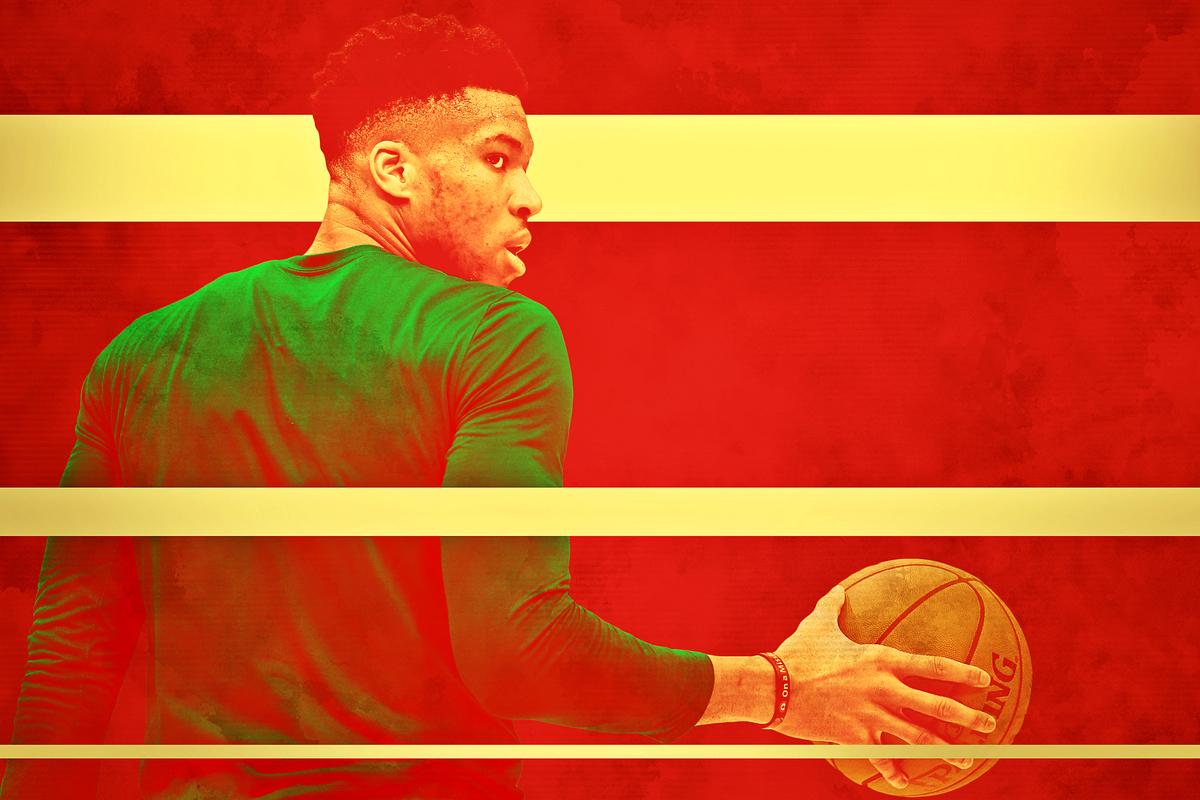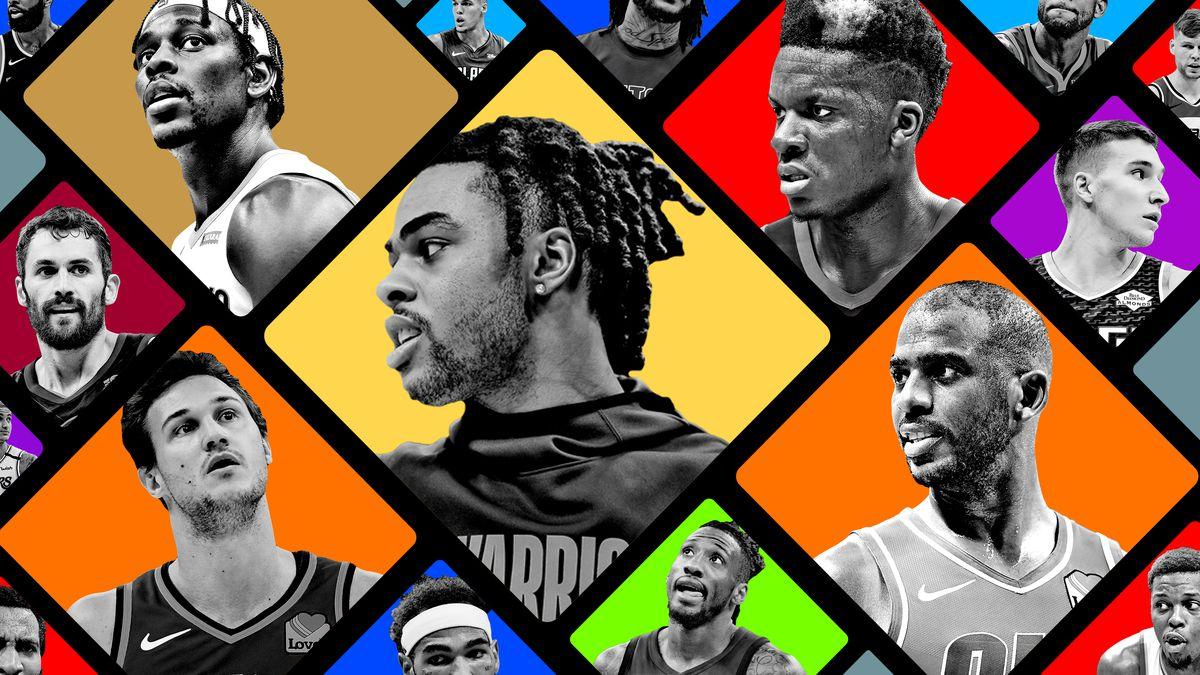
The trade deadline always feels like a rush. This year’s was no exception: The Warriors and Timberwolves swapped two max contract players in D’Angelo Russell and Andrew Wiggins, the Lakers and Clippers competed for the same target, and the Rockets went all in on super small ball. Sufficient drama reigned throughout the week.
But the unspoken secret of the NBA trade deadline is that the frenzied final hours rarely yield meaningful changes to the playoff picture. Writing about this phenomenon two seasons ago, I found that no champion since the 2005 Spurs, with Nazr Mohammed, had won the Finals after adding a player to its playoff rotation via midseason trade. The Raptors sated that drought last season after trading for Marc Gasol, but such examples are eminently rare.
Although it’s still too early to determine whether Marcus Morris, Robert Covington, or other deadline-week acquisitions will follow in Gasol’s path, that optimistic outcome is not particularly likely. In fact, the numbers suggest they won’t make any real difference at all.
In the week leading up to the trade deadline, FiveThirtyEight’s projection system gave 11 teams at least a 1 percent chance to reach the Finals. Here’s how their odds moved from last Sunday to this Sunday.
Pre- and Post-Deadline Finals Odds
That’s barely any movement for anybody. Changes of this magnitude are more likely the result of rounding, or the statistical noise that comes from lumping a bunch of simulations together, than any actual differences. (For those questioning the 76ers’ robust odds: FiveThirtyEight’s model is built on individual player projections, so it thinks quite highly of Philadelphia’s collection of stars—especially when projecting the playoffs, when rotations tighten.)
The same muted pattern appears when looking at odds of winning the championship, rather than making the Finals: No team’s chances moved by more than 2 percentage points in any direction, with the Lakers (21 percent), Bucks (20 percent), and Clippers (18 percent) still clustered at the top. FiveThirtyEight basically doesn’t think the deadline moves wrought any measurable changes to the title race.
Digging further into the actual trades made last week helps illuminate why. First, many of the most notable transactions involved teams with no chance at a Finals appearance, so they went from 0 percent odds before the deadline to 0 percent odds after.
Here are the dozen players traded this month with the highest 2019-20 cap hits. Only two—with bolded names—went to a team with a winning record:
- Andre Drummond to the Cavaliers
- Andrew Wiggins to the Warriors
- D’Angelo Russell to the Timberwolves
- Evan Turner to the Timberwolves
- Andre Iguodala to the Heat
- Gorgui Dieng to the Grizzlies
- Brandon Knight to the Pistons
- James Johnson to the Timberwolves
- Marcus Morris to the Clippers
- Clint Capela to the Hawks
- Dewayne Dedmon to the Hawks
- Justise Winslow to the Grizzlies
The deadline’s most expensive trade, which swapped Wiggins and Russell, involved the two worst teams in the West, and Minnesota also received Turner and Johnson. Three of the players on this list, meanwhile, went to the two worst teams in the East (Atlanta and Cleveland)—so a full half of the players here went to the very bottom of the standings.
Even the players who did join winning clubs might not boost their teams as much as their names suggest. The Clippers are already so formidable on the wings that Morris won’t be in a position to make a huge impact, especially given that his primary strengths overlap with those of Kawhi Leonard and Paul George.
The same idea seems true in Miami. Basically every player in the Heat’s rotation was already average or better, so the similarly rated Iguodala isn’t much of an upgrade. (The same goes for Jae Crowder, who accompanied Iggy to Miami but is shooting just 29 percent from range this year and now might steal minutes from the Heat’s pinpoint marksmen.) Plus, given that Iguodala is 36 years old and hasn’t played all season, it’s unclear how many minutes he’ll play for Miami, which further dilutes his anticipated impact.
Zooming out, we can see the lack of top-of-the-standings movement in projections for the rest of the regular season. Comparing FiveThirtyEight’s analysis from last week to now, only five teams have a projected win total that’s more than one game different, in either direction.
Pre- and Post-Deadline Win Changes
Here, we see the impact of some deadline trades: a decline from the Wolves, who didn’t just trade Wiggins but also other rotation players like Covington, and a slight uptick for the Hawks, now with capable centers on the roster.
These changes also bake in the actual game results of the past week. The Knicks traded Morris, their leading scorer, but also embarked on an unexpected win streak that bumped up their projected win total. Meanwhile, the Pacers stood pat at the deadline but lost every game they played last week.
Incredibly, Indiana is the only playoff team on that chart. No other contender saw its rest-of-season outlook nudge in a real way, positively or negatively. Instead, all the best teams added complementary players or deep depth pieces (like the 76ers’ new backup wings and the Nuggets’ new benchwarmers) or nobody at all: The Bucks, Lakers, Raptors, Celtics, and Jazz were all inactive at the deadline, though the Bucks appear poised to add Marvin Williams from the buyout market.
In the middle of the league’s standings, it’s no surprise that teams’ fortunes don’t appear to have changed much either. Neither race for the no. 8 seed received a jolt from a surprise addition. This chart shows the before and after for the nine teams that are neither a playoff lock (greater than 99 percent probability) nor a definite playoff miss (less than 1 percent probability), per FiveThirtyEight.
Pre- and Post-Deadline Playoff Race
In fact, the team with the greatest change didn’t make a deadline deal at all—the Spurs went 0-4 last week, which dropped them from 1.5 games back of the West’s eighth seed to four games back and harmed them more than any trade could. Whether these particular probabilities seem accurate or not—Memphis’s look low, and the model projects Portland and New Orleans to have stronger rosters for the last chunk of the season—it’s clear that no wannabe playoff team moved the needle much on the trade market.
Of course, contenders aren’t the only teams potentially angling for midseason change. For teams at the opposite end of the standings, it might be advantageous to make the roster worse to facilitate a second-half swoon and better lottery position. A bit more movement appeared in this area at the 2020 deadline; FiveThirtyEight now projects the bottom of the standings to finish as follows, compared to the same projection a week ago.
Pre- and Post-Deadline Lottery Teams
The Cavaliers are projected for the league’s worst record (and point differential) despite trading for Drummond. But the Warriors kept that race close with their selling spree, while the Timberwolves entered the race for a bottom-three finish—a crucial barrier because the league’s new lottery odds give the worst three teams the same 14 percent chance at the no. 1 pick. Most other subtle differences on this chart are the result of game results in the past week, like the Knicks’ wins (plus some statistical noise, surely).
Overall, though, all of these changes seem relatively minor. Unlike in baseball, which sees the eventual champion add a crucial player every summer—Daniel Hudson, who recorded the final outs of the Nationals’ World Series win last year, joined the team on deadline day—the NBA is far more sparing with its deadline differences. At least from the outset, this season’s deadline looks just as light on impact.


